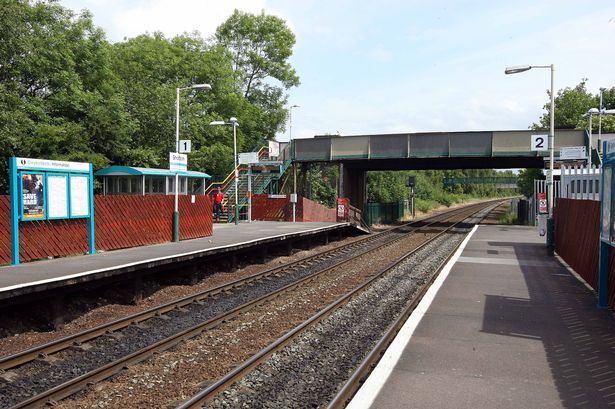[ad_1]
This article provides some of the basics as regards to Malta tourist information and tips for potential visitors who are not very familiar with the Maltese islands. As with any holiday destination, the more you know about the country before you visit, the more equipped you’ll be to choose just the right sites and attractions to visit. It’s never wise to just go with the flow because everyone is different and this becomes especially important when on holiday. You don’t want to “waste” time visiting sites and places that are not appealing to you.
Malta Weather
The weather in Malta has always been one of the island’s strongest points. Visitors can usually expect to get warm weather almost all year round, with temperatures soaring in July and August. Coldest spells usually come in January and February, although no day is ever that cold to keep visitors from exploring the islands.
Passport requirements
EU citizens can travel to Malta without a passport since their national identity card will suffice. (If you’re traveling from an EU country that does not issue ID cards, a valid passport is then required). Non-EU nationals must have a valid passport.
Malta Airport
There is only one airport in Malta and all flights arrive and depart from it. Malta International Airport is located at Luqa, some 8 kilometres south of Valletta (the capital of Malta). The airport is well equipped with ATMs, internet access, good facilities and a Malta Tourist Information Office. A bus service is available to and from Valletta.
Low Crime Rate
Compared to other European countries, Malta has a substantially low crime rate. Of course, no matter where you are, it is always sensible to exercise some degree of caution.
Malta Currency
Up until a few years ago, the Maltese Lira was the local currency. However, in January 2008 Malta adopted the Euro, making it very advantageous and convenient for visitors out on a European trip.
ATMs are conveniently located in all the main towns on the Maltese islands. Visa, MasterCard and Amex cards are accepted in most hotels, restaurants and shops.
Electricity
The supply on the Maltese islands is 240V and plugs are three-pin.
Internet Access
Malta is well connected and all major hotels and travel organisations have a website. One can also find countless internet cafes across the islands. Top-end hotels are also offering wi-fi hotspots lately. This trend is said to increase since more and more visitors are demanding these services.
Tipping
As regards to tipping, Malta is very similar to mainland Europe, in the sense that tipping is not usually expected, but is appreciated.
Photos & Video
Don’t worry if you run out of film. Print film, camcorder cassettes and equipment can easily be purchased from the many photographic shops scattered across the main towns. Print film is also available at major hotels and souvenir shops.
Driving
The Maltese drive on the left and speed limits are 80km/hr on highways and 50km/hr in urban areas. Visitors often remark that a lot of local drivers seem to ignore simple road rules in Malta and this is somewhat true. So if you’re driving in Malta, be extra careful and be prepared for drivers overtaking on the inside or refusing to give way at junctions, among other things. Some roads are in a bad condition compared to European standards thus making driving in Malta a bit of a nightmare sometimes.
It is recommended that you read up on all the main attractions and sites that the Maltese islands have to offer before you visit. That way you can draft an enjoyable itinerary for yourself with all the places that interest you in Malta, Gozo and Comino.
The above tips were solely intended as initial Malta tourist information and advice that could come in handy, especially if you’re still undecided or in the planning process of your Malta vacation.
[ad_2]




